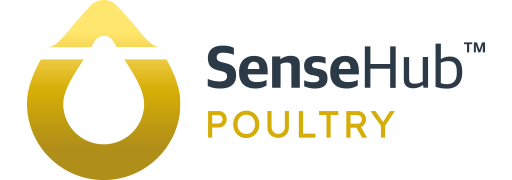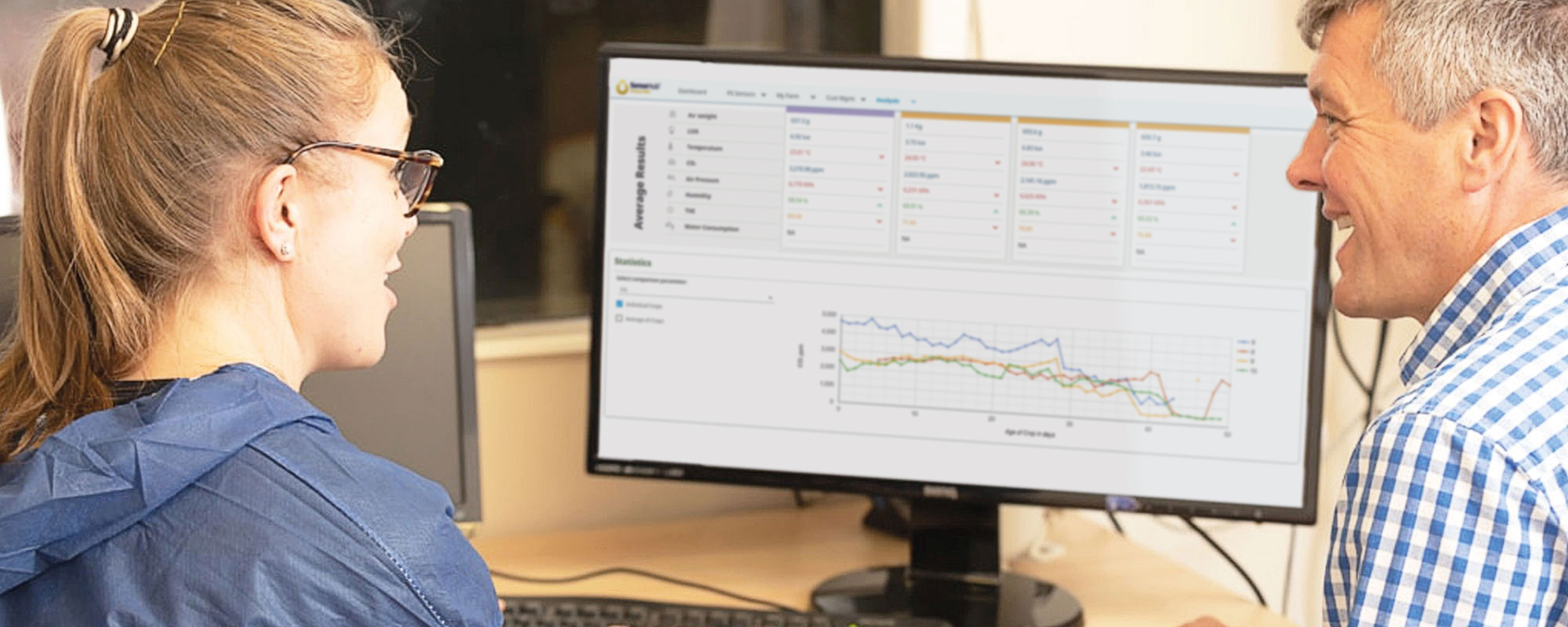In its basic form, data analysis is the process of observing, refining and modelling data with the intention of discovering useful information to help inform conclusions and support decision-making, and this is exactly what is possible within the poultry industry.
Capturing real-time data and being able to analyse this allows producers to identify and detect factors which contribute to disease, as well as monitoring parameters that significantly influence bird performance such as temperature, ration changes and medication.
Access to a pool of robust, accurate data means we can learn what the norm looks like, so any changes in patterns will allow problems to be identified quickly, meaning producers can intervene as soon as possible before the issue takes hold and has a long-term impact on performance.
The SenseHub™ Poultry solution brings together real-time data across both environmental and health parameters to help facilitate improvements in bird performance, economics and welfare. The wireless system feeds accurate, live data into a bespoke analytics platform that uses artificial intelligence to produce insights, assisting in better informed on-farm and supply chain decision making.
Access to this data will also allow producers to benchmark bird performance regularly against processor targets, to ensure they’re meeting expectations. If they’re not meeting these targets, then producers alongside their vet can look at ways to correct this.
How can this data benefit poultry producers?
This unique solution encourages producers to work closely with their vet and nutritionist to take bird health, welfare and performance to the next level. Its ability to collate accurate, real-time data on key parameters has the potential to benefit broiler production in the following ways:
- Simpler interpretation and analysis of data as it is all collated in the same format
- Bird health, welfare and performance issues can be rectified quickly as key parameters are being monitored in real-time
- Data can be stored so the performance of different sheds, flocks and sites can be compared against each other, and trends can be identified, allowing producers to see if birds are under or over performing
- It is a tool that can be used to accompany the knowledge and experience of farmers and vets, helping provide wider insight to inform proactive, on-farm decisions
To find out more about the solution, click here.


